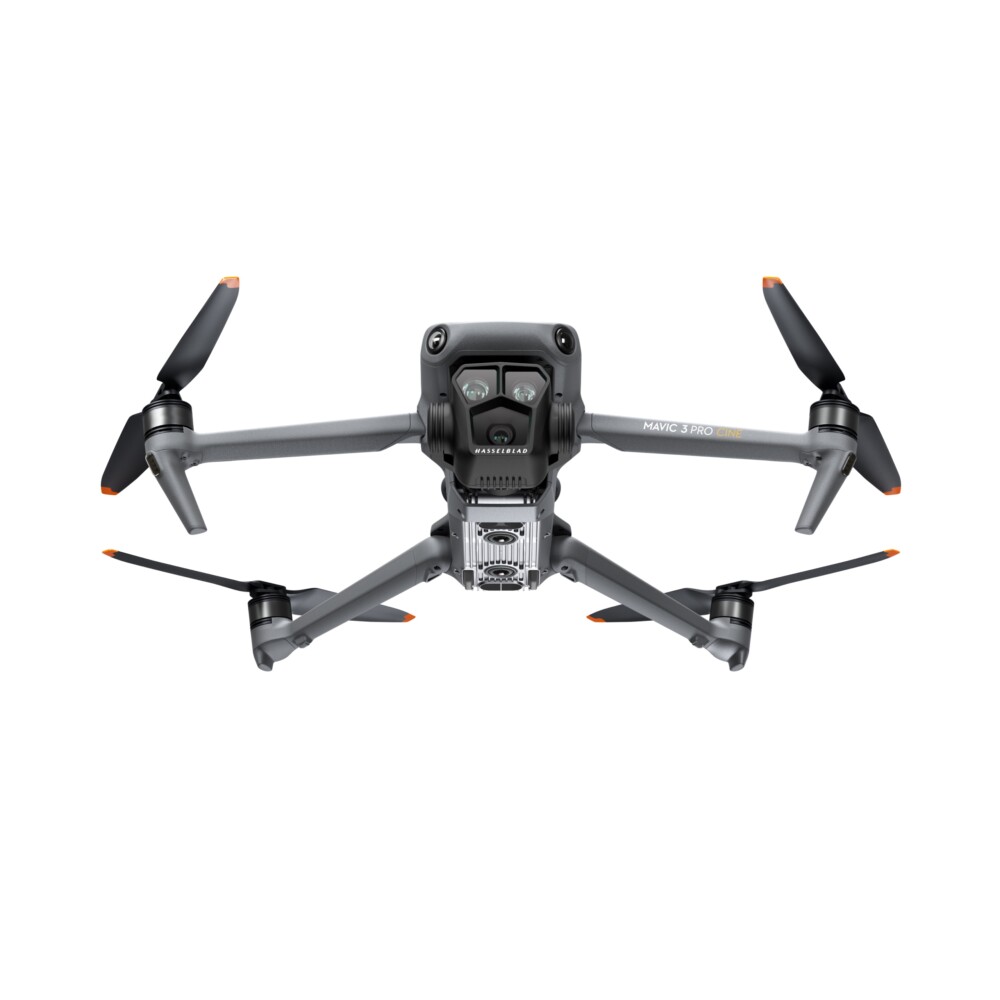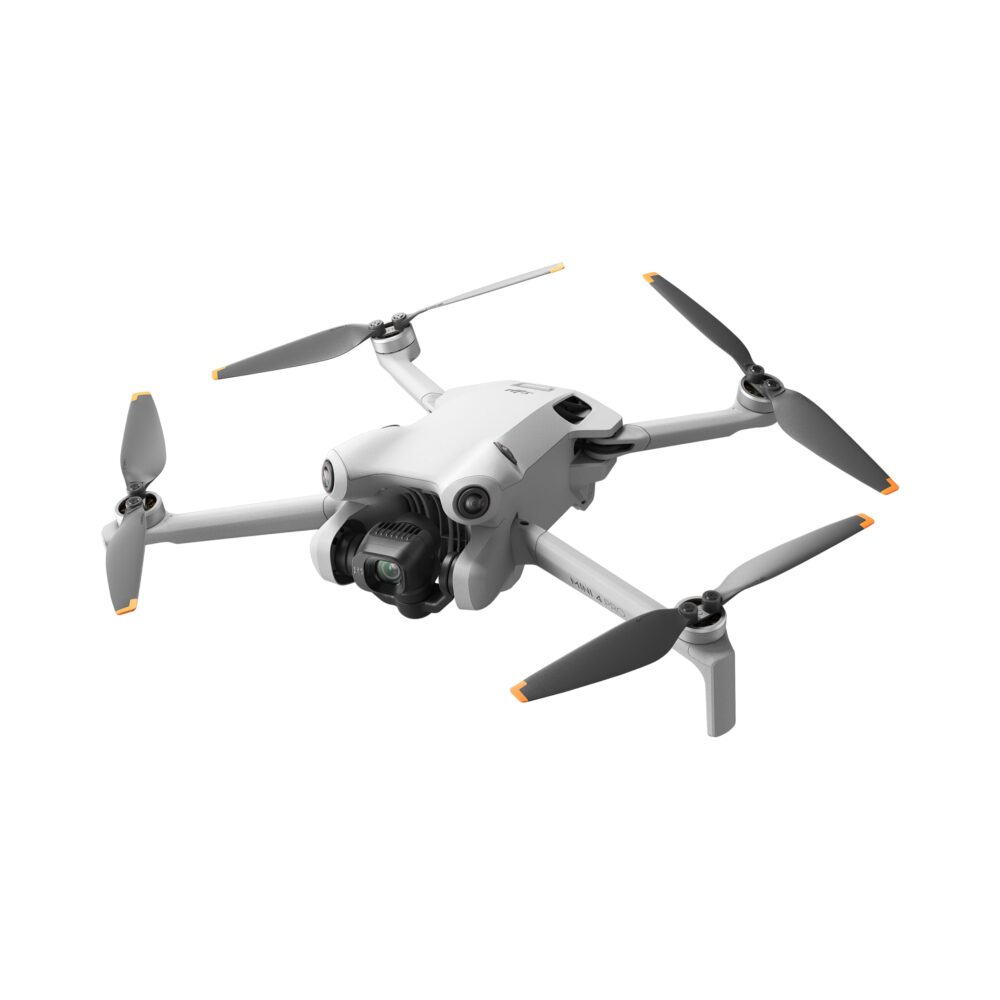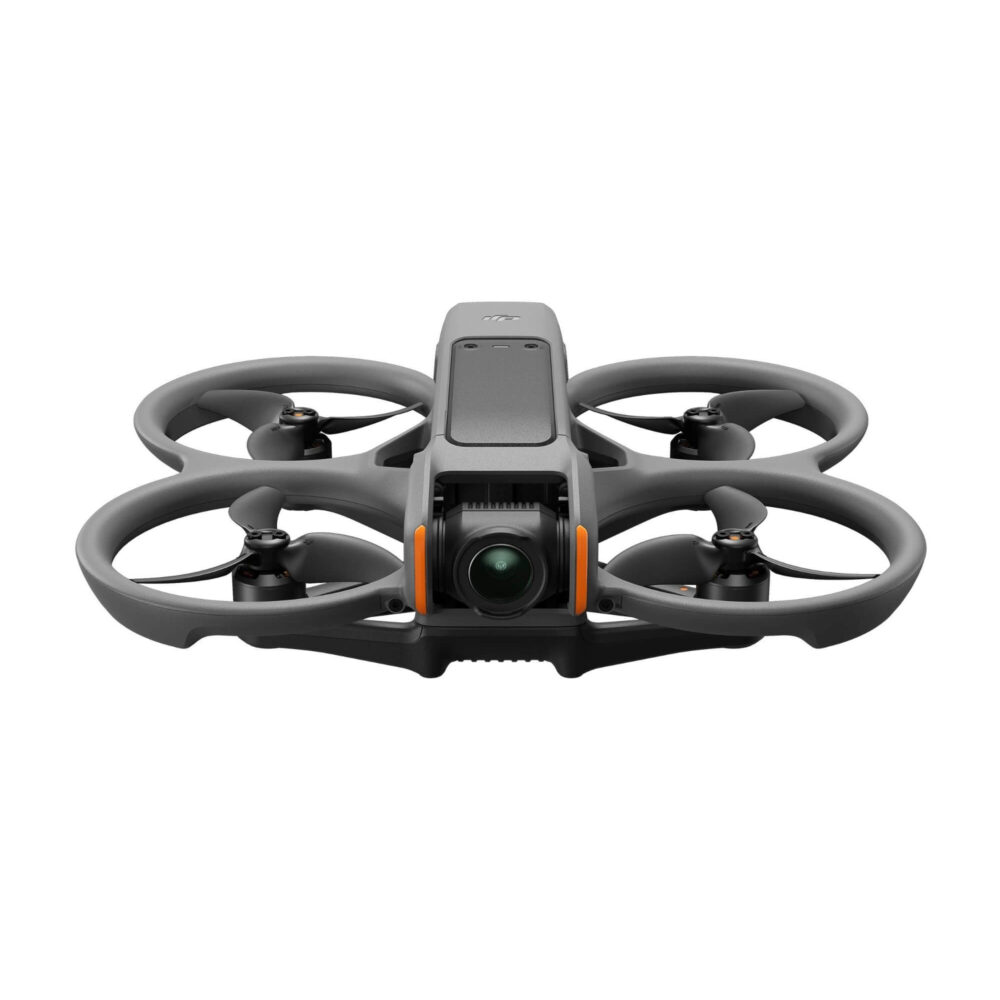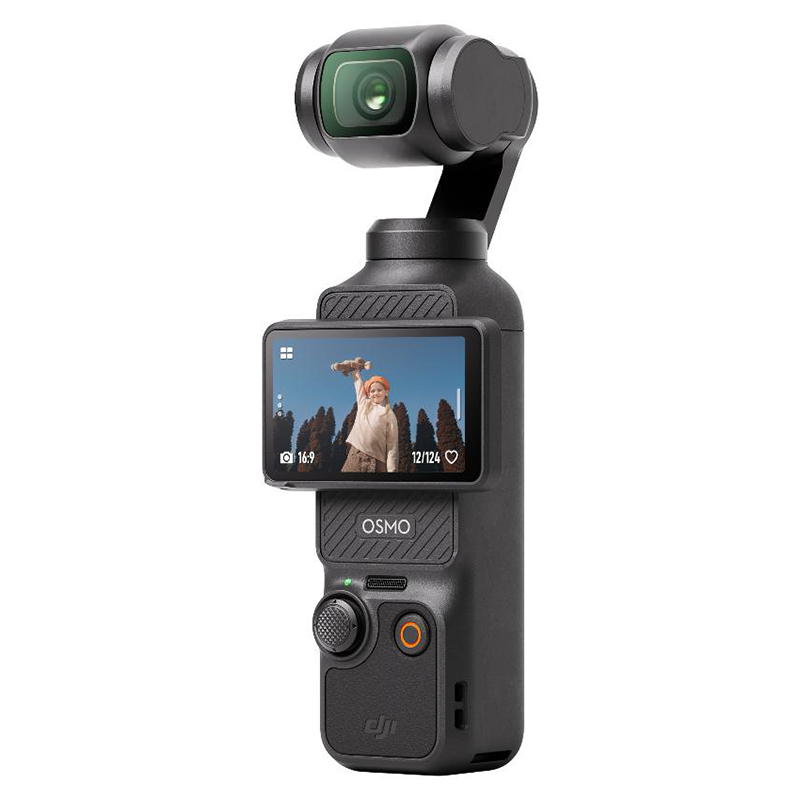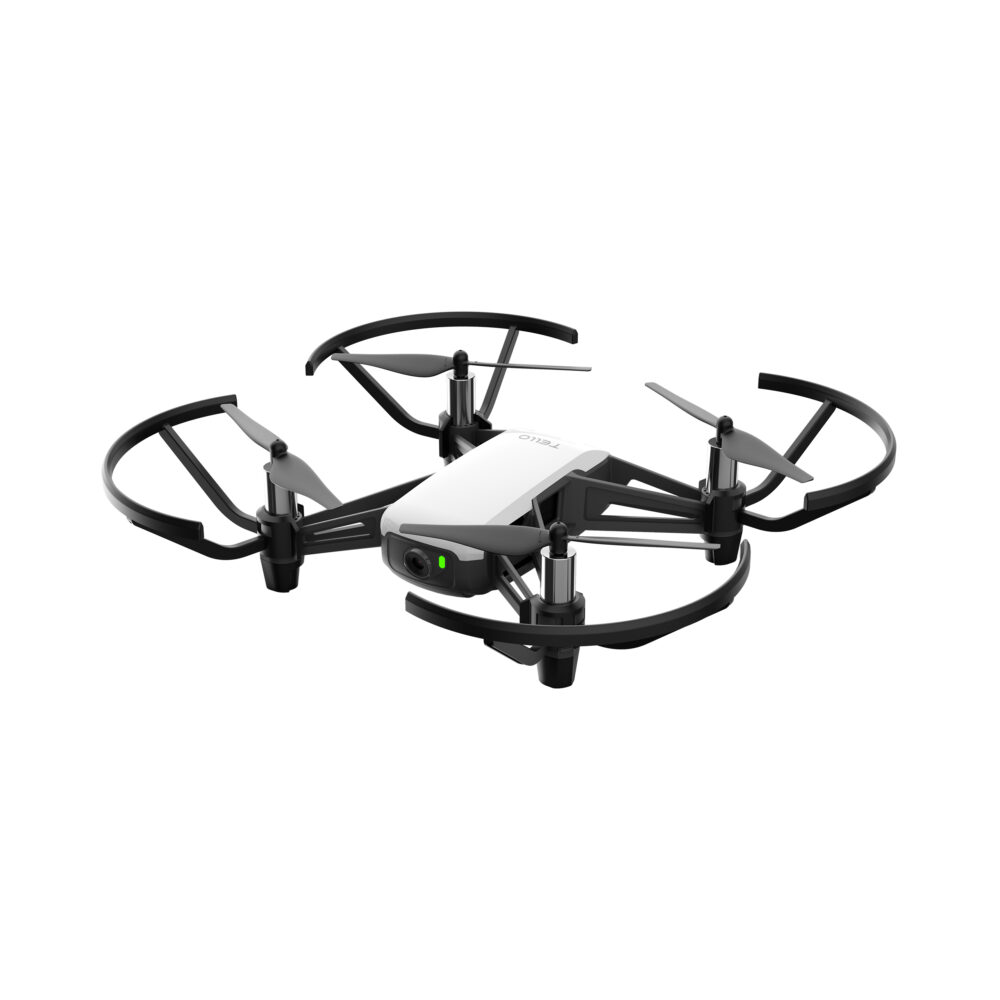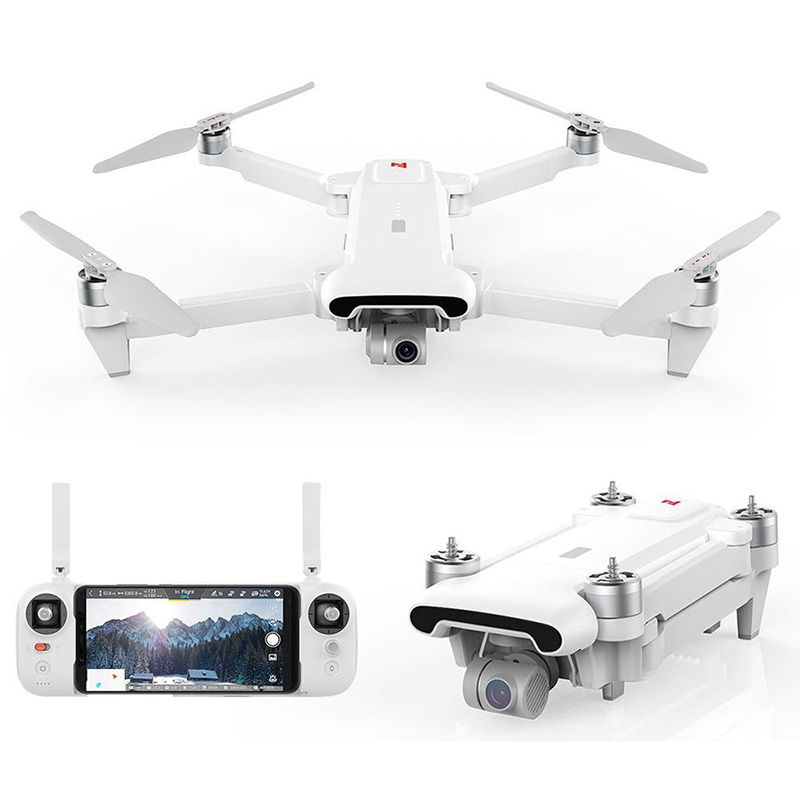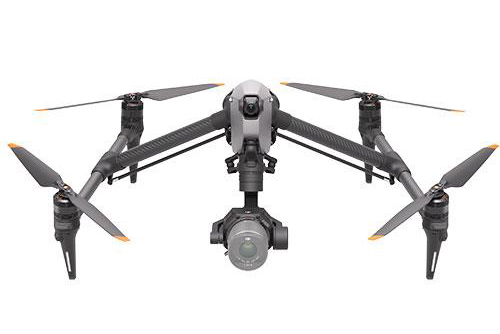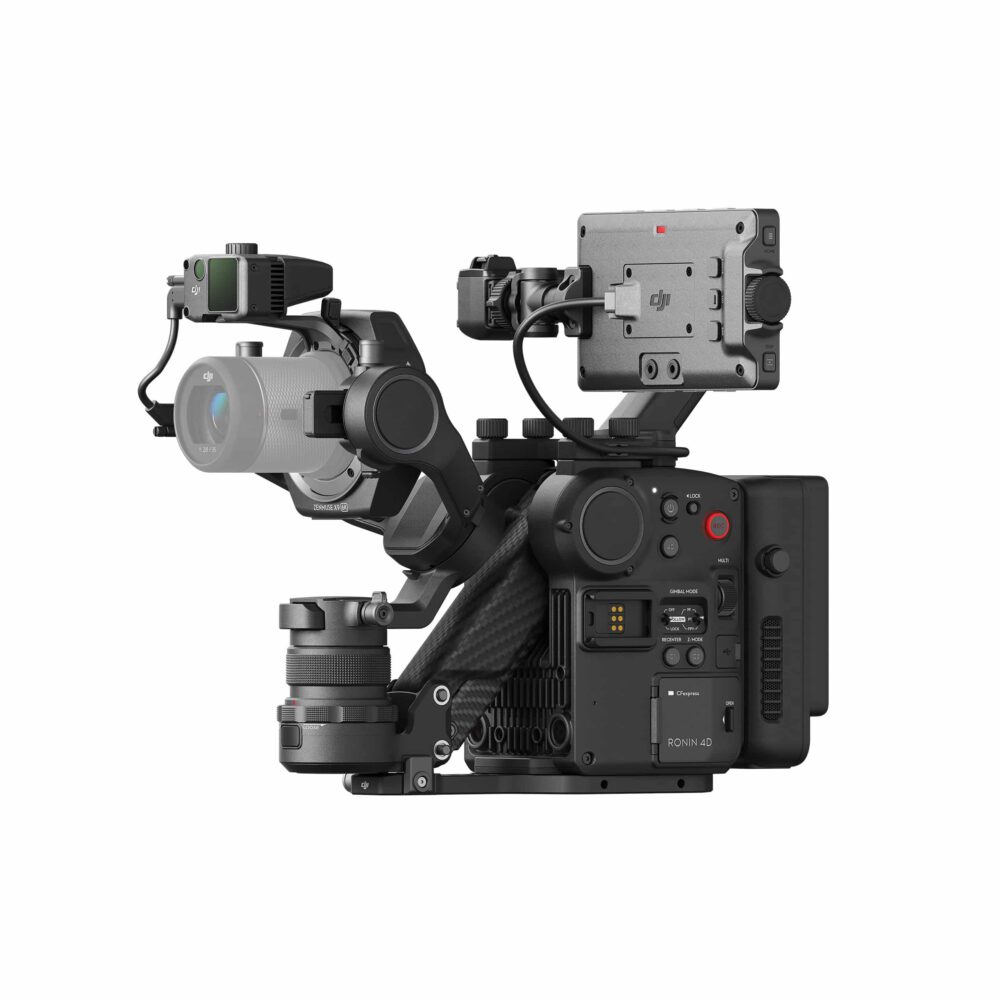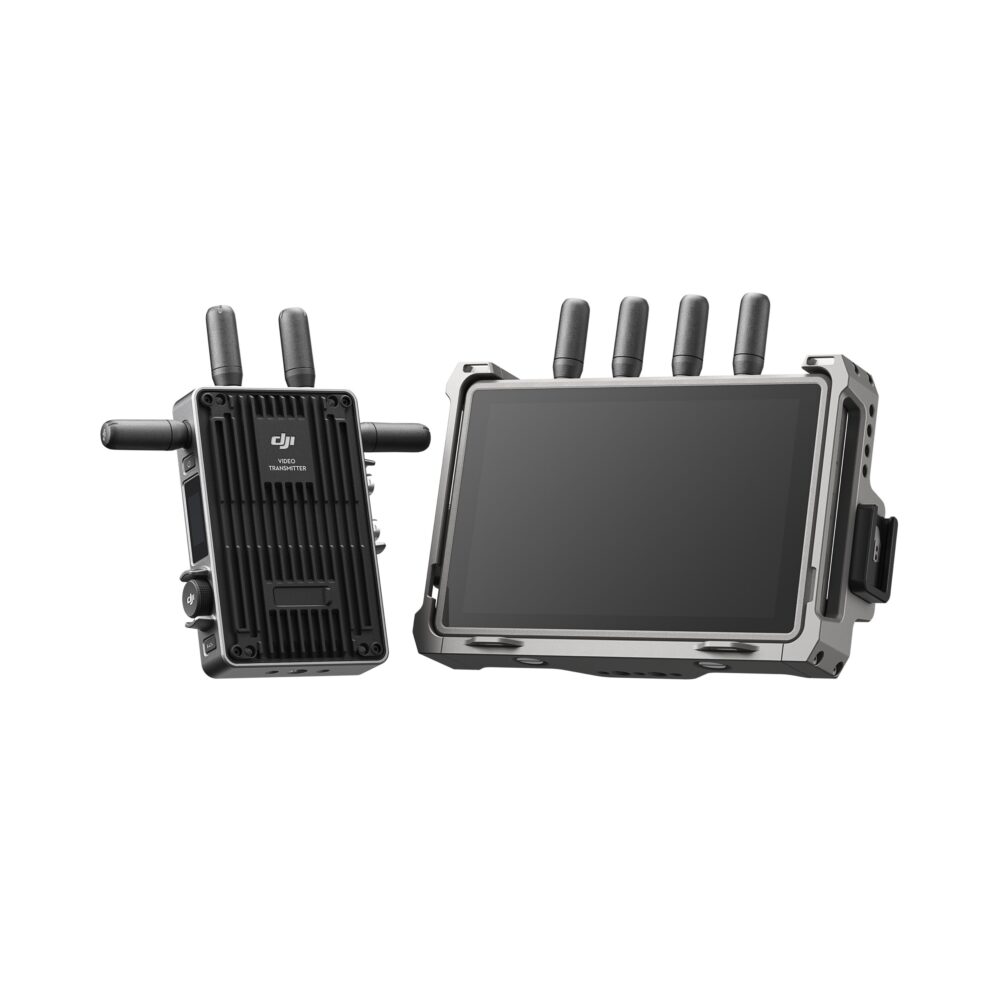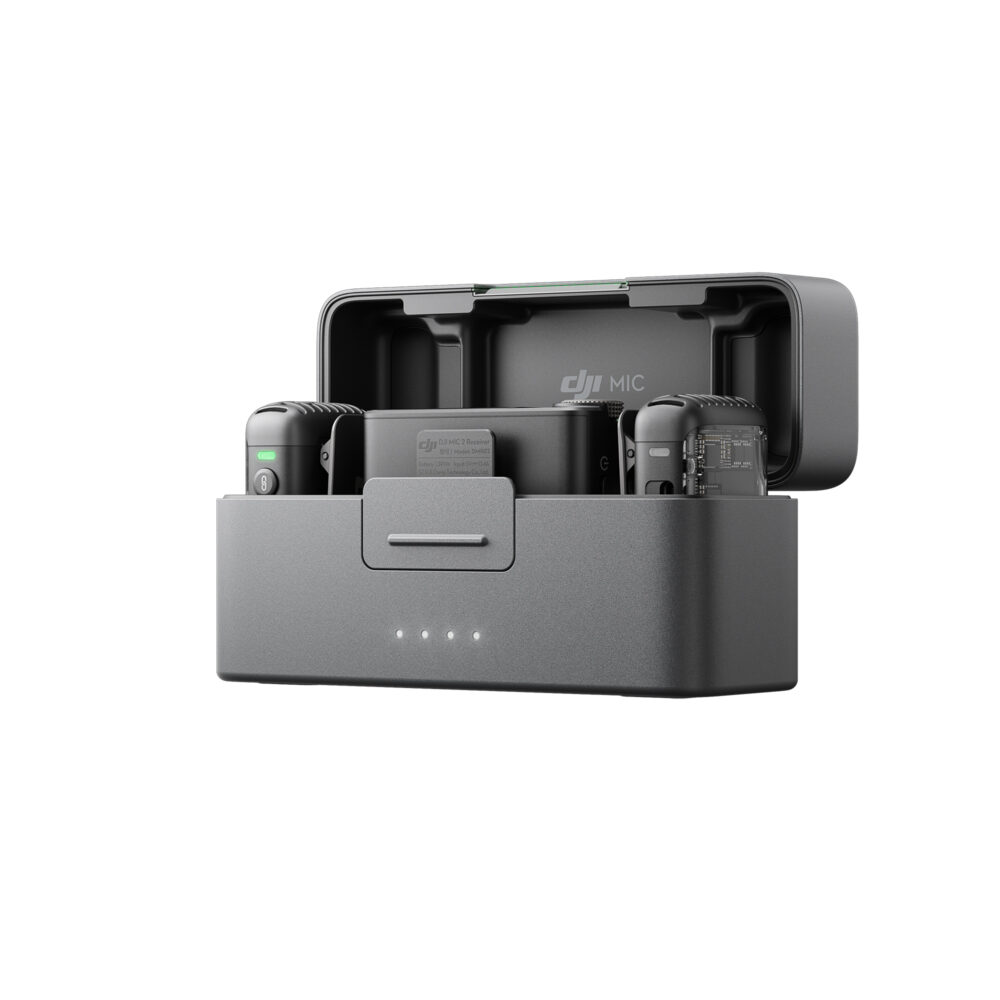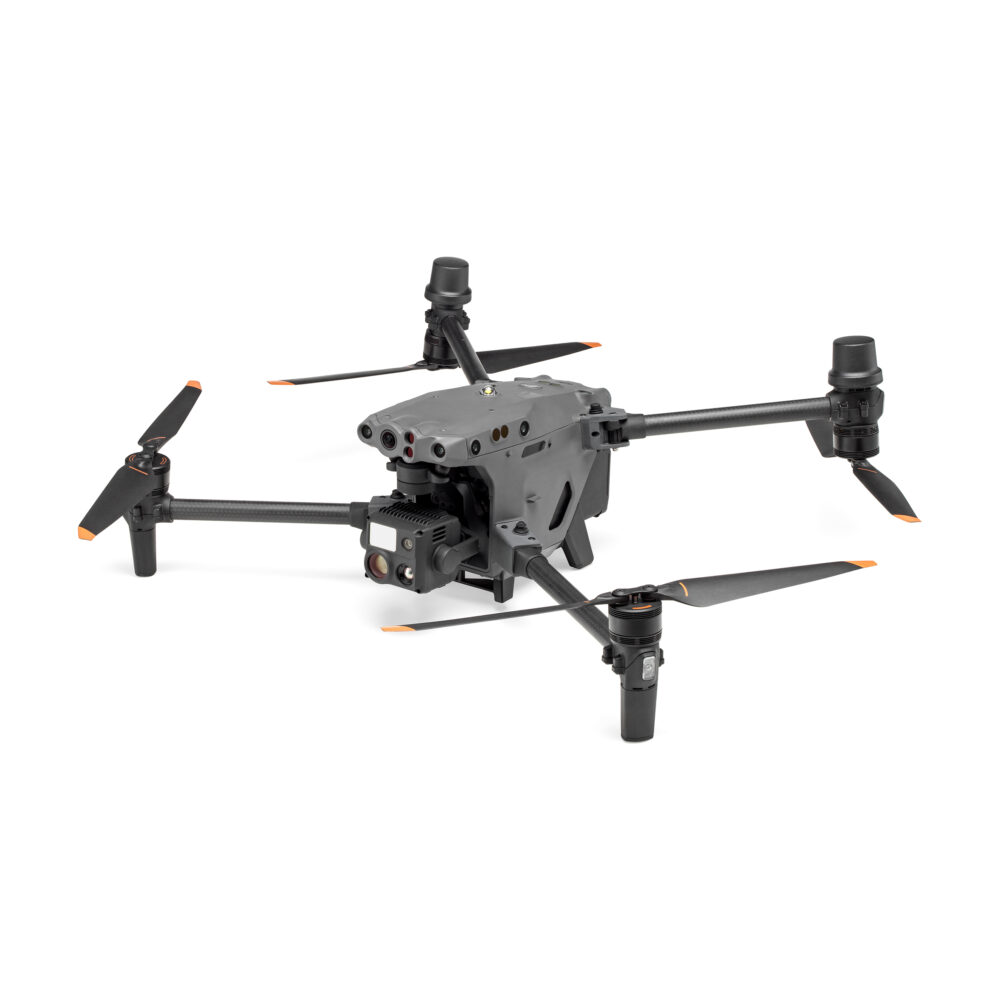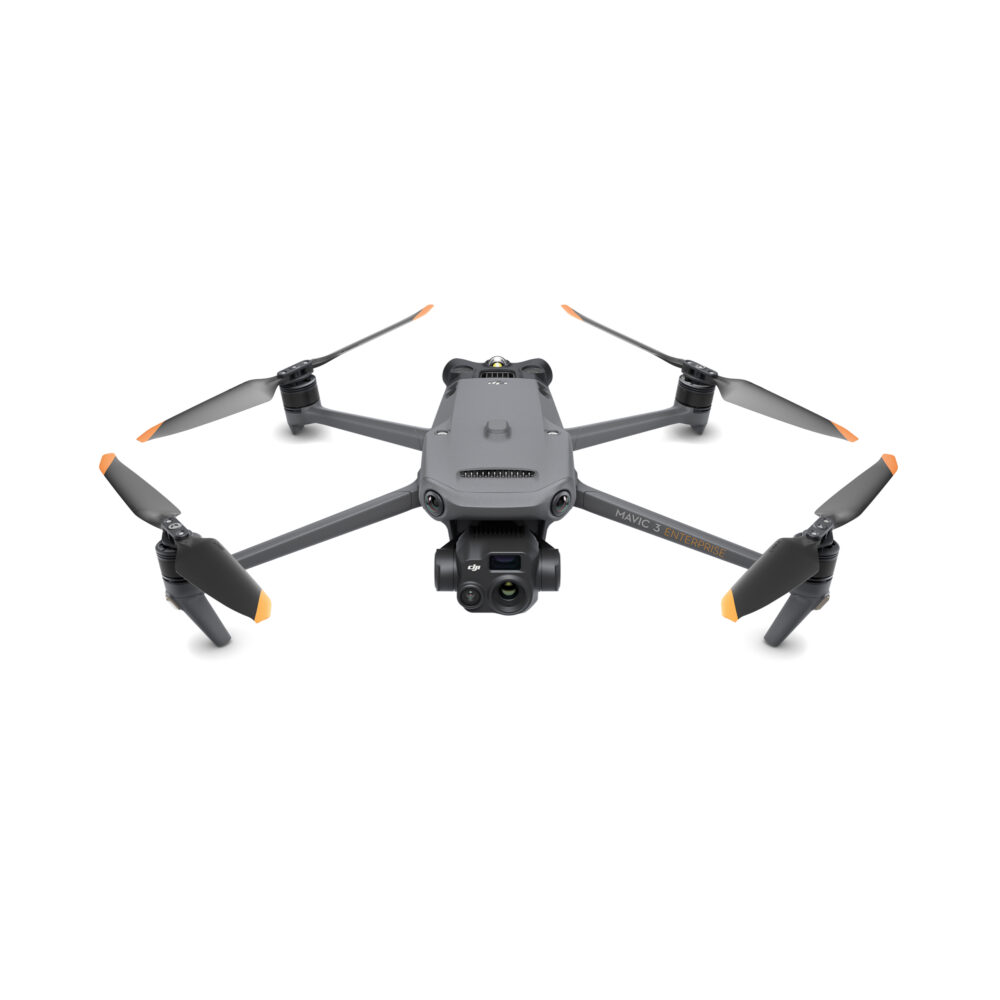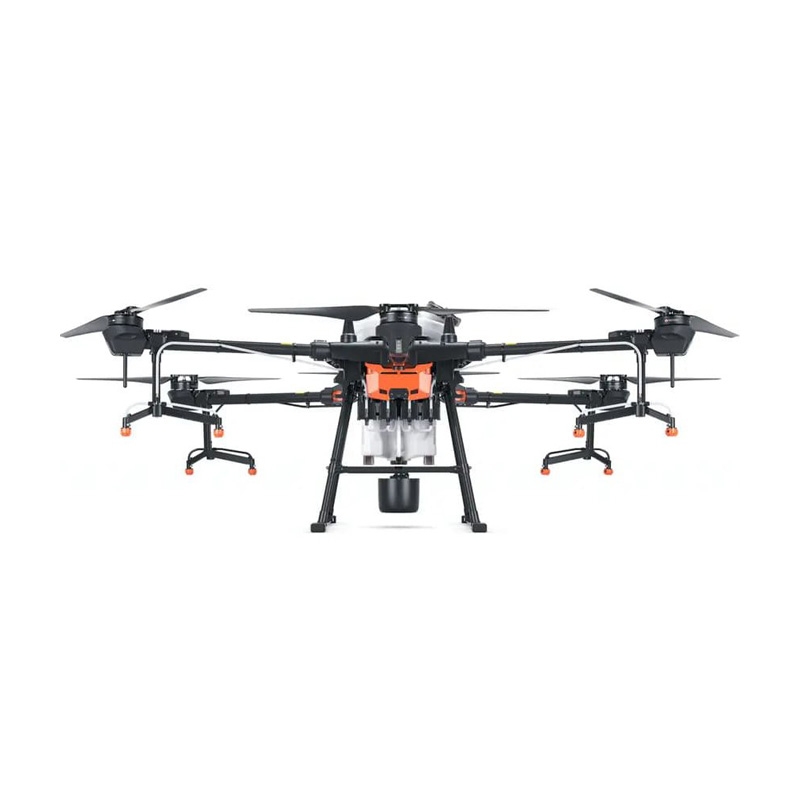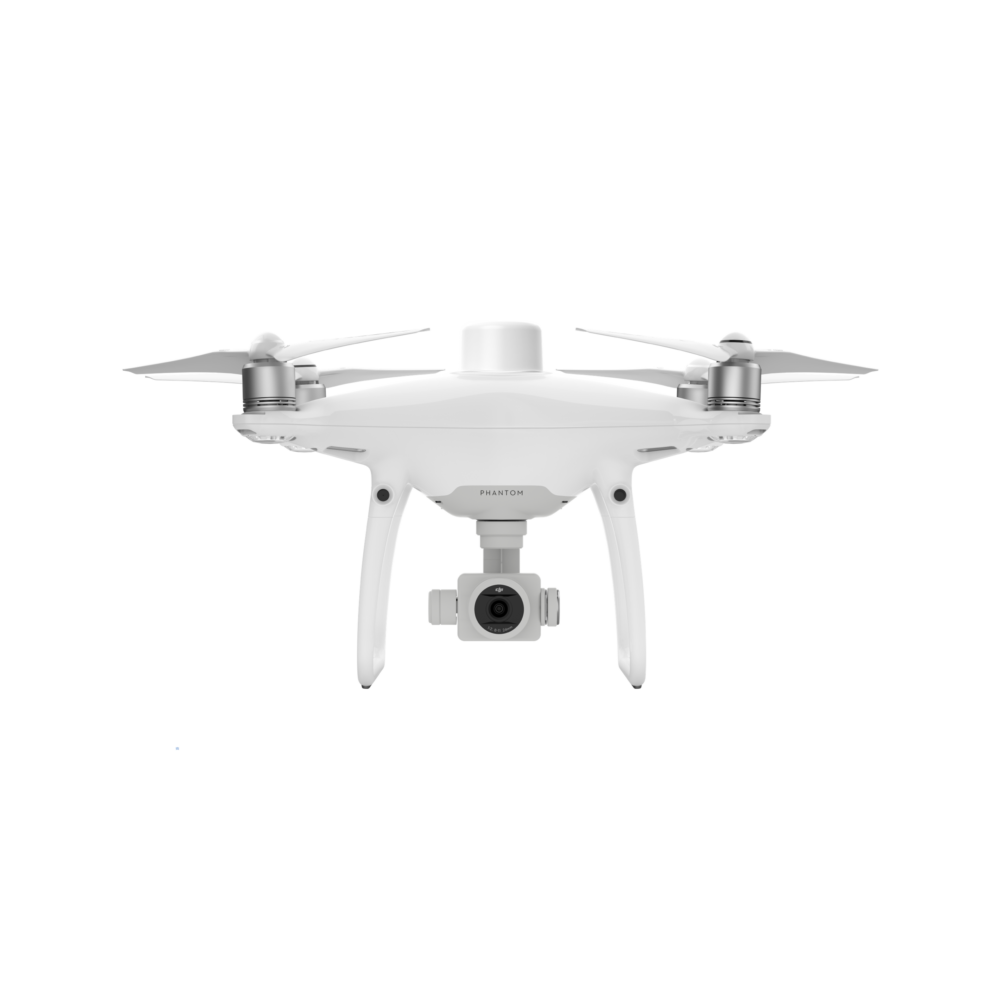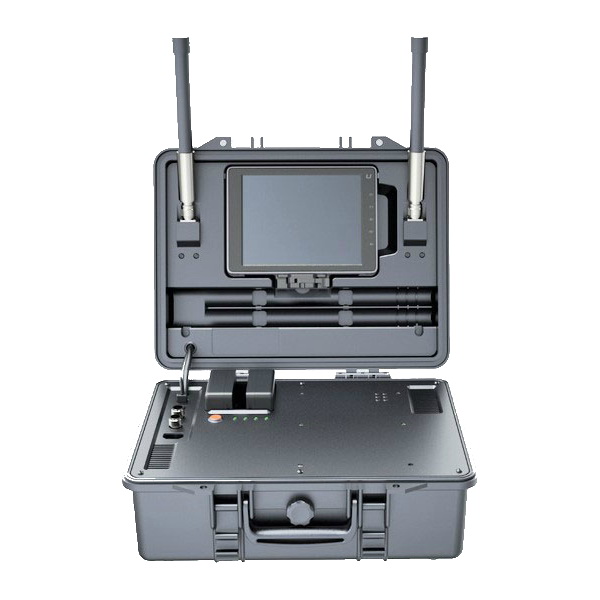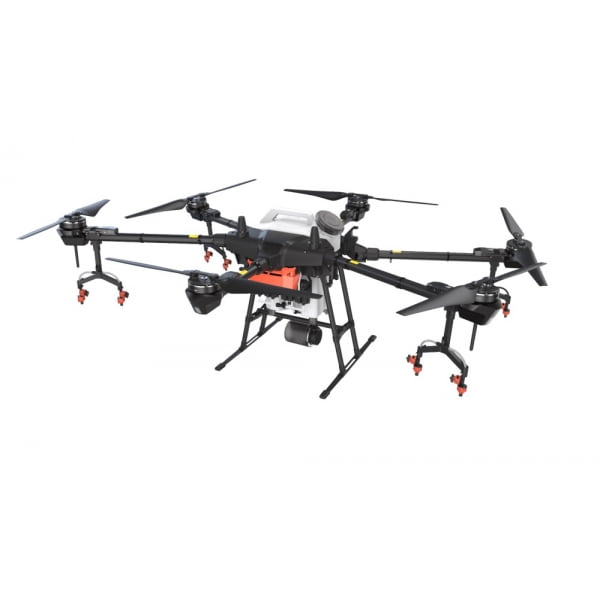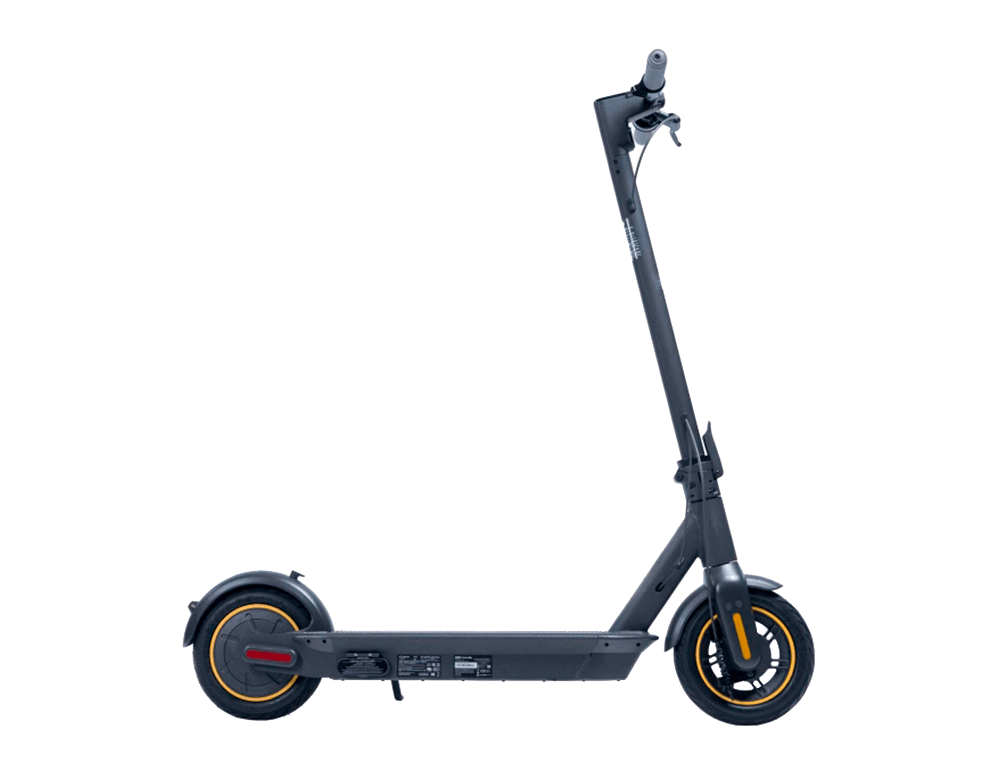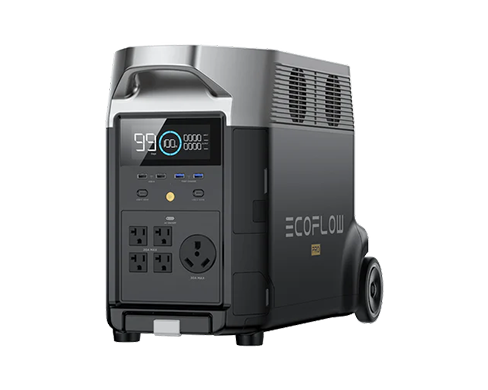Improvements in technology, lower production costs, and expansion of the product range have led to an increase in the number of drones owned by individuals (for example, in the US, over 300,000 people have registered their drones under the new law). Some fans even buy several models.
However, the growth in the number of owners of these wonderful devices is not always accompanied by an increase in piloting skills and even elementary observance of at least basic safety rules. Moreover, we are talking not only about safety during piloting, but also about the rules for handling the device itself. Negligence, mistakes and simple forgetfulness have already led not only to injuries, but also to deaths.
General safety
For many of our fellow citizens, observance of even elementary safety rules is, for some reason, a very difficult task. It does not make sense to list examples; many of them are familiar or known from personal experience.
If you are seriously interested in drones, then pay attention to the rules for handling these seemingly harmless toys. Although Estonia and a number of other countries pass laws that contain safety standards, nevertheless, personal conscience is much more effective than the yoke of the law.
Having bought a drone and started flying, you must observe the most important principle: safety comes first, both for you and those around you. Everything you do must not harm (health, property, etc.) either you or anyone else. Here everything is exactly the same as in the case of the car, the owner of which you have become.
Controlling a quadcopter is not as simple a task as it seems to many. Especially, this applies to more expensive and complex models. There are at least two circumstances that could potentially cause problems for you and for observers. First, a failure in the operation of the machine (hardware, software). Secondly, operator error, loss of drone control.
Aircraft handling on the ground and tips for beginners
Any aircraft or helicopter undergoes pre-flight preparation before the flight: check of all systems, refueling, etc. Although a drone is not an airplane, nevertheless, a detailed check is required before flying. Your quad should be in such a state that it can take off at 50% throttle. Check the condition of all parts and make sure that the battery cable is not connected to the main board UNTIL you are ready to fly.
The first thing to do before turning on the quad is to turn on the transmitter and make sure the throttle stick is at zero. Then the range extender is connected, and only after that the copter itself is connected. After turning on the aircraft, give it time (approximately 1-1.5 minutes) for it to find satellites for navigation.
For the correct flight of the drone, it is important that it be able to navigate using GPS, so you need to check if the drone has caught the required number of navigation satellites, then fix the status and disarm the propellers. After that, you can take off.
You also need to check if the return point is set correctly. If this does not happen, you should restart the software and then again carry out the procedure for searching for satellites and checking the return point. Remember that the loss of control of the device due to a failure in navigation is primarily your problem. Its consequences may not be harmless.
After completing the flight, first turn off the power to the aircraft, but do not turn off the transmitter. When testing or adjusting the drone, remove the propellers first to prevent accidental injury to yourself or others. And never pick up the device if you have not made sure that it is completely turned off.
If you are a beginner, then you should learn how to pilot a quadcopter on small models. In addition, it is better if they are made without the use of carbon (we are talking primarily about the propellers and the frame). Carbon fiber and fiberglass (which may also be present on some models) can cause serious injury to a person or severe damage to your and/or other people’s property if you make a pilot mistake or do not follow ground safety rules. No need to immediately chase after buying an expensive “fancy” model, it is better to learn the skill of piloting a simple car, and then think about buying something more serious.
Learn the basic rules of working with the flight controller, flying in different modes. In the instructions for the copters of various models, you can read in detail about the rules for handling the joystick. At first, learn to fly in the simplest modes, and only then begin to move on to more complex ones. I must say that many modern models of copters, for example, the Mini 3 from DJI, are equipped with good stabilization systems.
Take the time to download the manufacturer’s software to help you fly your quadcopter in difficult circumstances. For example, when an emergency occurs, the Mini 3 autopilot turns on Failsafe mode to save the device itself. Moreover, the Failsafe mode has three behavior options: the first one provides for the return of the copter to the take-off point, the second allows the device to take off to the desired height (20 m by default, but you can set your own value, we recommend 60 meters) and return to the take-off point, and the third makes the copter land smoothly.
General piloting rules
When flying, you should always remember about the capacity of the batteries, and therefore you should not fly longer than prescribed in the instructions. If you do not follow the operating requirements specified by the manufacturer, then, as in any other case, you can at least damage the device. One of the typical situations can be loss of thrust, violation of flight stabilization, incorrect landing, and even an accident. Well, if it ends without mutilations and injuries. But even a broken drone can cost you quite a bit.
In many countries, laws prohibit flying drones near people: approaching them at a certain distance, flying over a crowd, etc. This is not a whim of officials, but, unfortunately, a conclusion drawn from bitter experience.
Anyone, even a very experienced drone operator, puts people at risk if they fly a car next to them. No one is immune from piloting errors. Hardware or software failure can also occur at the most unexpected moment. That is why a safe distance between the operator and other people is the first rule to follow during flights. No matter how relatively light the device is, if it falls on a person, it will at best lead to severe injury, and at worst will cause death. In addition, you should control the movement of people around you. It is desirable that they are behind you, and not in front of you. In case of violation of the rules of conduct on the part of observers, immediately stop flying. And try not to lose the copter out of sight.
If for any reason an accident or improper landing occurs during piloting, you should not immediately try to pick up the copter and look for the cause of the problem. Such cases often end in injuries due to unexpectedly spinning propellers. Experienced operators recommend throwing a towel over the propellers or something like that, disconnecting the battery, and only then sort out the causes of the problems.
Of course, in one article it is impossible to foresee all possible cases of safety violations, as well as to teach all the intricacies of skillful piloting, but even the observance of elementary rules will save you and your environment from potential problems. In Estonia and other countries, laws are now being passed for UAV owners. If you have become a part of this community, do not be too lazy to study the legislation of your country and the country where you decide to go on vacation with your drone. Remember that ignorance of the law is no excuse.
We also recommend you to read the “Rules for flying on drones” on the state website of the Republic of Estonia.


